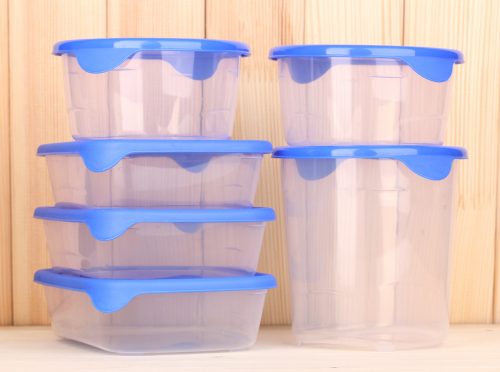
Sophie Gray has brilliant ideas on making the most of leftovers.
The inventors of Tupperware made a fortune from leftovers, proving once and for all that one man’s trash is another man’s treasure. This generation has more methods of food storage than any other in history. We judiciously wrap, seal and save all sorts of bits and pieces of food. What’s more difficult is doing something useful with those carefully saved scraps: the handful of leftover roast spuds, a single serve of sauce or stew.
It’s good economic sense to save all those little leftovers, but only if you actually intend to use them. I’m not talking about whipping up a gourmet feast from a few old egg shells and the carrot peelings. But many of us happily hoover up leftovers for lunch or a snack that could have formed the basis of a proper meal.
Turning a few morsels into a nourishing meal is about the most gratifying thing you can do in the kitchen with your clothes on; the kind of cooking that makes you swell with pride at your own resourcefulness. The added bonus is that you eliminate the yucky job of excavating mouldy Tupperware from the back of the fridge.
Storing leftovers
Fridge
- Wrap everything completely or store in a sealed container, or it will become tainted with other flavours, dried out and plain nasty.
- Discard any leftovers more than three days old.
- Check the temperature of your fridge. Incorrect or inconsistent temperature can cause changes to appearance, nutrient content and safety of the food. A safe fridge has a temperature of between 2-4°C.
- Don’t overstock the fridge; cold air needs to circulate around the food.
- Always use separate shelves for raw meat and ‘ready-to-eat’ foods such as leftovers.
Tip: All food has bacteria. Refrigeration slows down bacterial growth. But every time you open the door the inside warms up a little, eventually allowing bacteria to multiply. Just because the wine is chilled doesn’t mean the fridge is cold enough. Check regularly: if the temperature is higher than 4°C, adjust to lower the temperature. Fridge thermometers are available from hardware stores.
Freezer
Freezing arrests bacterial growth. But it’s important to note that freezers do not kill bacteria. When the food is thawed, the bacterial growth will resume. See Your guide to freezing for more information.
So what can you make from leftovers
- Meat sauces, casseroles and tomato-based pasta type sauces can all be used as fillings for: calzone, pies and filo parcels, gougere (savoury choux pastry) and crepes. Use to fill jacket potatoes for a light meal, or serve as a topping on potato cakes.
- Cooked vegetables – plain or roasted: Add to pasta sauces, couscous, pizza, fritters and quiche; make frittata, omelettes and risotto; add to rice salad or pilaf.
- Cooked meat: add to risotto, soup and pasta sauce; shred cooked meat and scatter on pizza; cut in chunks and add to quiche or couscous; add to rosti or vegetable hash browns. Mince cooked meat and layer in a vegetable bake or scatter into a pasta bake.
- Leftover pasta bits: Many of us have a few
handfuls of a variety of dried pasta shapes in the cupboard. Break it all into pieces and serve ‘thunder and lightning’ using all the broken pieces of pasta in a sauce or added to soups. - Pulses or beans: Add to soups or casseroles; process with spices to make a dip or sandwich spread; add to a salad for texture.
- Sausages: Add chunks to a risotto or pasta sauce, use to top a pizza, or make mini toads in the hole using chopped sausages and muffin pans.
- Uncooked meat: As little as 350g of lean meat, minced or in slices, will make a decent family size stir-fry. Add 3-4 cups chopped vegetables and a great seasoning, serve with rice or noodles.
www.healthyfood.com










